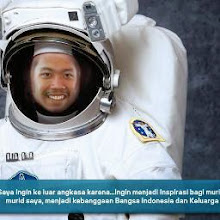As taught in: Fall 2006

Half section view of an ultracold neutron trapping apparatus. The trap is loaded through inelastic scattering of col d neutrons (11 K) with phonons in superfluid helium-4. Trapped neutrons are detected when they beta decay; energetic decay electrons ionize helium atoms in the superfluid resulting in efficient conversion of electron kinetic energy into light (scintillation). (Image courtesy of NIST.)
Level:
Undergraduate
Instructors:
Prof. Jeffrey Coderre
Course Features
Course Description
This course provides an introduction to the basic properties of ionizing radiations and their uses in medicine, industry, science, and environmental studies. We will discuss natural and man-made radiation sources, energy deposition and dose calculations, and various physical, chemical, and biological processes and effects of radiation, with examples of their uses, and principles of radiation protection.

